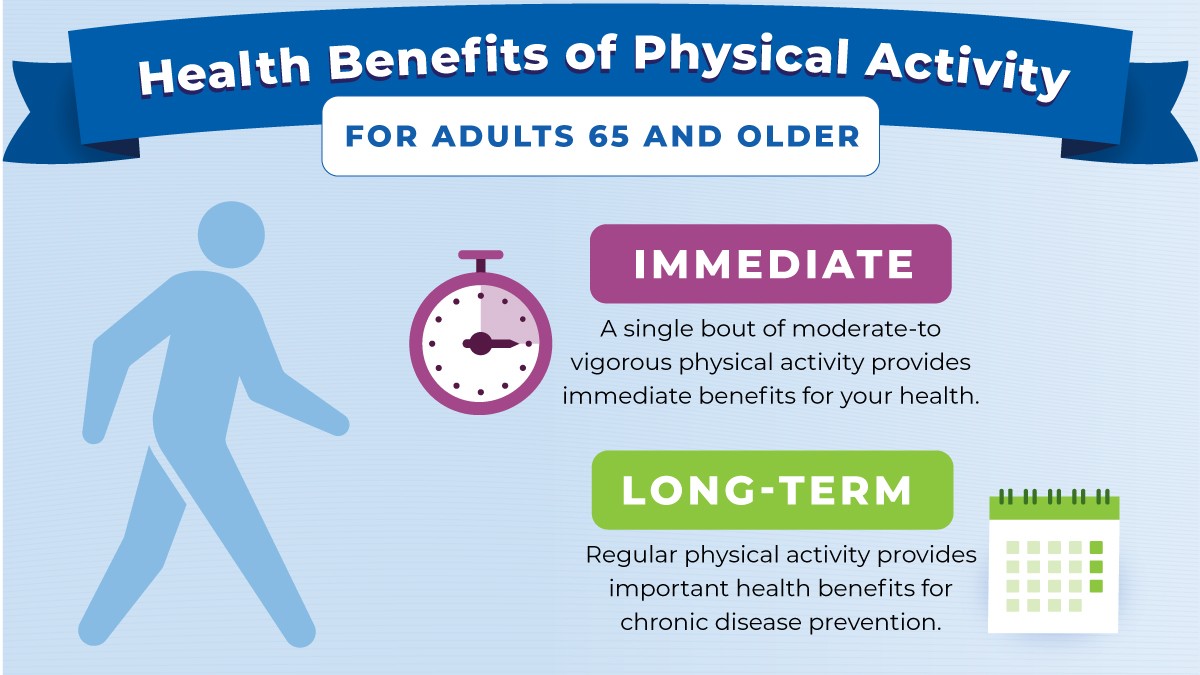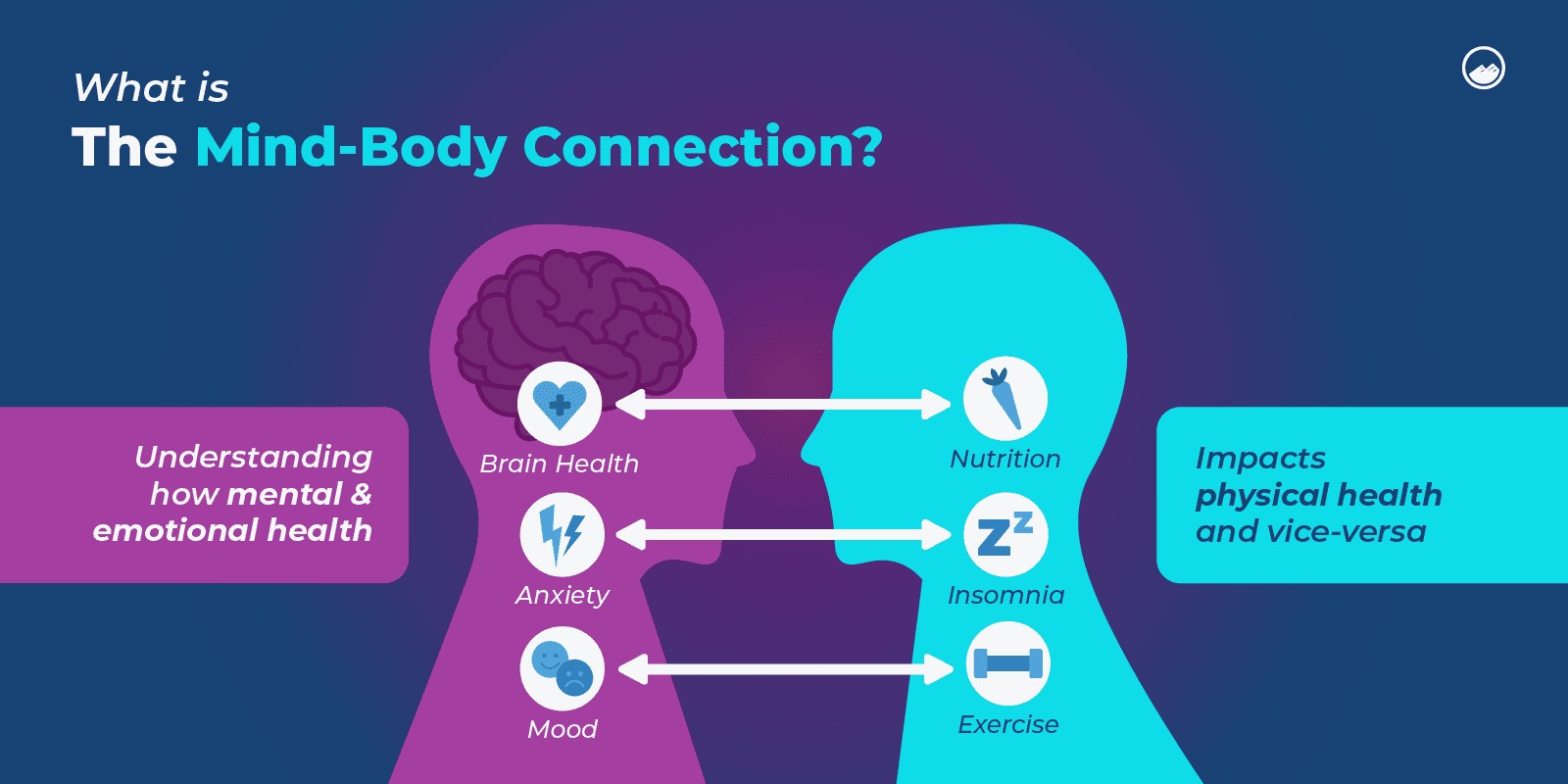In an age where longevity is increasingly within our reach, the question of how to live not just longer but healthier lives has taken center stage. Among the many factors influencing lifespan, regular exercise consistently emerges as one of the most powerful and accessible tools we possess. It’s not merely about adding years to life but about adding life to those years. The importance of regular exercise for longevity transcends simple fitness goals—it touches on overall well-being, disease prevention, and mental vitality, weaving a complex tapestry that defines quality of life as we age.
One of the most compelling reasons exercise contributes to a longer life is its profound impact on cardiovascular health. The heart, a muscle, thrives on movement. When we engage in consistent physical activity, the heart becomes stronger and more efficient at pumping blood throughout the body. This enhanced circulation lowers blood pressure, reduces harmful cholesterol levels, and improves oxygen delivery to vital organs. Scientific studies have repeatedly shown that individuals who maintain an active lifestyle have significantly lower risks of heart disease—the leading cause of death worldwide. Consider the simple act of brisk walking, which can be as effective as more intense workouts for improving heart health, especially when done regularly. This accessibility means that almost anyone can incorporate beneficial exercise into their routine, regardless of fitness level.
Beyond the heart, exercise plays a crucial role in regulating metabolic functions. Conditions such as type 2 diabetes and obesity, which have become increasingly prevalent, are major threats to longevity. Regular physical activity helps control blood sugar levels and promotes a healthy weight, thereby mitigating these risks. For example, moderate aerobic exercises like cycling or swimming improve insulin sensitivity, allowing the body to manage glucose more effectively. This not only reduces the chance of developing diabetes but also helps those already diagnosed to better control their condition. The broader implication here is that exercise acts as a preventive medicine, guarding against chronic diseases that often shorten life expectancy.
Musculoskeletal health is another vital aspect influenced by exercise, particularly as we age. Muscle mass and bone density naturally decline over time, increasing vulnerability to fractures, falls, and disabilities. Resistance training and weight-bearing exercises counteract these declines by stimulating muscle growth and strengthening bones. This preservation of physical function supports independence well into older age, which is closely linked to longevity and quality of life. Imagine an elderly person able to maintain balance and strength sufficient to enjoy daily activities without assistance; this scenario is made more attainable through consistent exercise.
The benefits of exercise extend beyond the physical body to profoundly influence mental health and cognitive function. As we age, the risk of cognitive decline and neurodegenerative diseases such as Alzheimer’s increases. Yet, studies have indicated that regular physical activity supports brain health by improving blood flow, stimulating neural growth factors, and reducing inflammation. Activities that combine physical movement with coordination and balance, such as dancing or yoga, provide both mental and physical stimulation. These benefits contribute not only to a longer life but to one marked by mental sharpness and emotional well-being.
It is also important to recognize the social and emotional dimensions of exercise, which indirectly affect longevity. Group fitness classes, sports teams, or even walking clubs foster social connections that are critical for mental health. Loneliness and social isolation are significant risk factors for premature mortality. Engaging in regular exercise in a community setting helps build relationships, reduce stress, and boost mood, all of which contribute to a more balanced and fulfilling life.
While the advantages of exercise for longevity are clear, it’s equally important to emphasize that the intensity or duration doesn’t have to be extreme to make a difference. The World Health Organization recommends at least 150 minutes of moderate-intensity aerobic activity weekly for adults, a goal that can be met through manageable lifestyle changes. For instance, choosing to take the stairs instead of the elevator, parking further from the office, or cycling to work can accumulate substantial health benefits over time. The key is consistency and making movement a regular part of daily life rather than sporadic bursts of intense workouts.
Moreover, the adaptability of exercise means it can be tailored to individual needs and abilities. Those recovering from illness or managing chronic conditions can work with healthcare professionals to design safe and effective programs. The rise of digital fitness platforms and wearable technology has also made tracking progress and maintaining motivation more accessible than ever, helping people stay accountable and engaged.
In sum, regular exercise is a cornerstone of longevity because it addresses the multifaceted nature of aging and health. It fortifies the cardiovascular system, regulates metabolism, strengthens muscles and bones, supports brain function, and nurtures emotional and social well-being. These intertwined benefits highlight why exercise should not be viewed as an optional luxury but as a fundamental investment in our future selves. Far from being a chore, exercise offers an opportunity to reclaim control over our health and shape how we age.
Ultimately, the promise of a longer life enriched with vitality and purpose is within reach when we commit to regular physical activity. Embracing exercise as a lifelong habit is one of the most practical and effective strategies for improving not just how long we live, but how well we live. As the saying goes, longevity is not just about adding years to your life but life to your years—and exercise is the catalyst that makes that possible.




